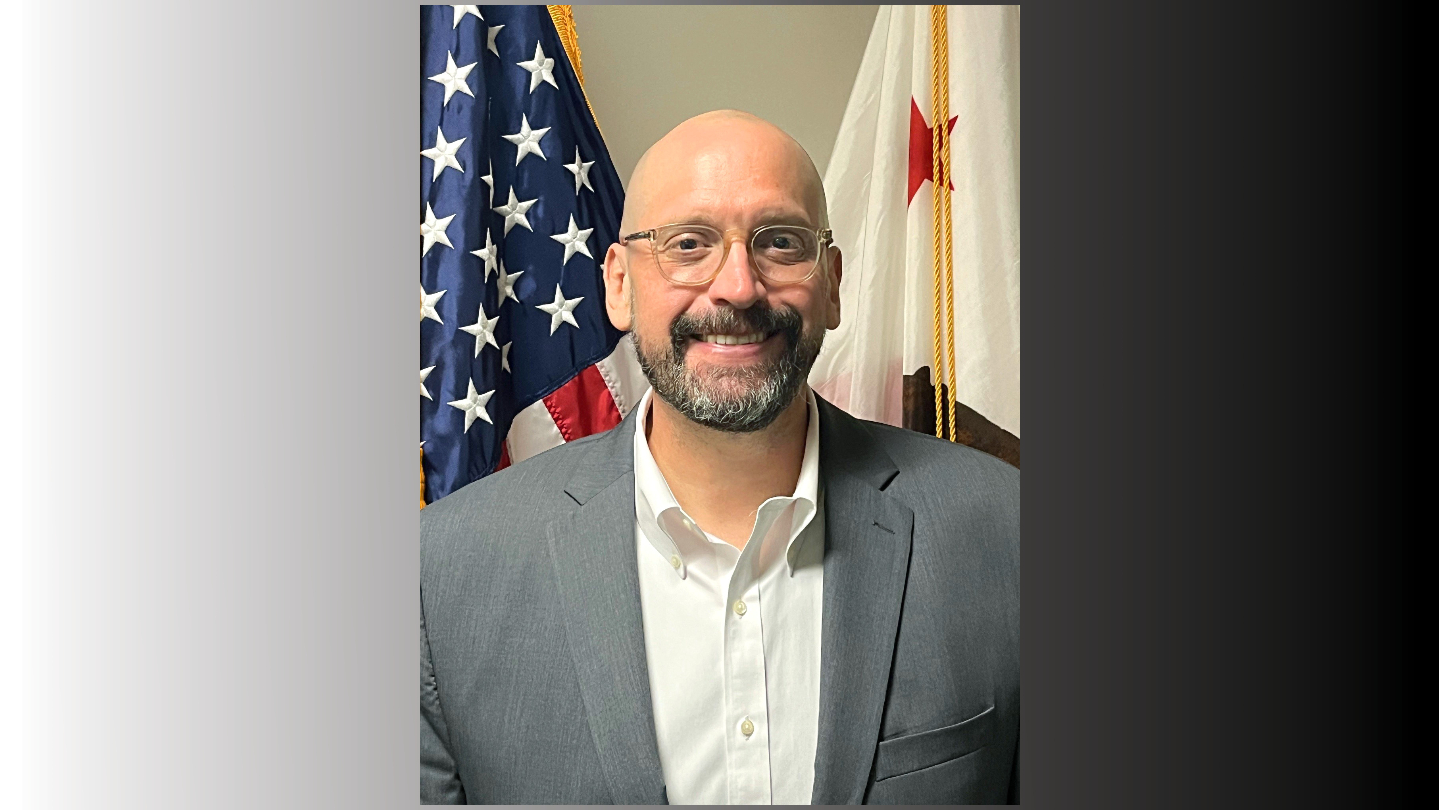Drug overdoses and poisoning deaths stabilized last year for the first time in a decade in Los Angeles County, health officials announced Monday.
An analysis by the Department of Public Health of LA County Department of Medical Examiner data found drug-related overdose and poisoning deaths dropped slightly from 3,220 in 2022 to 3,092 in 2023.
This was the first drop in the number of fatalities since 2014, following unprecedented increases of more than 300% in the last 10 years.
“While 2023 national overdose and poisoning death data remains provisional, it suggests that there is a potential plateauing of overdose and poisoning deaths nationally as well,” according to the Department of Public Health. “This plateauing of overdoses and poisonings represents a step in the right direction after meteoric rises amid the worst overdose crisis in both local and national history, and speaks to the health impact of LA County’s expansion of overdose prevention and response efforts.”
Additional findings of the data analysis include:
- Fentanyl continues to be a leading contributor to fatal overdoses and poisonings, with methamphetamine almost equally as lethal;
- adults ages 26-64 continue to be the highest demographic for overdose and poisoning deaths in total fatalities and rates;
- Black people are disproportionately represented in overdose and poisoning deaths, while Latinx and white county residents had the highest amount of total fatalities — 2023 was the first year in which fentanyl-related Latinx overdose and poisoning numbers surpassed that of whites; and
- overdose and poisoning deaths continue to impact county residents across social and economic lines.
“The number of lives lost due to overdoses and poisonings have been devastating. The findings demonstrate that through a continuum of preventative, harm reduction, and treatment approaches, we can bend the curve on overdoses,” Barbara Ferrer, director of the Department of Public Health, said in a statement. “That said, we are still at historic highs in terms of overdose and poisoning numbers and have a lot of work ahead of us to ensure continued declines in deaths. I encourage everyone to get naloxone, the overdose prevention medication, and to feel empowered to seek help for their substance use.”
In response to the overdose crisis, LA County increased investments in substance use prevention, treatment and harm reduction services by more than 260%, 275% and 500%, respectively.
“The collective impact of these intersecting interventions offers the best opportunity to address the varied needs of County residents and to further reduce overdose and poisoning death rates,” according to the Public Health statement.
“Decades of evidence support the notion that when it comes to substance use, prevention comes first, treatment works, and recovery is possible,” officials said. “While the challenges from the overdose crisis are difficult, data is demonstrating that they are not intractable — working together, a public health approach can advance our shared goals of healthier people, safer streets, and stronger communities.”
The drug fatality data was analyzed and released by the Department of Public Health’s Bureau of Substance Abuse Prevention and Control. The findings were part of an annual review of data on overdoses and poisonings countywide related to fentanyl. The report is available on Public Health’s website.
Officials said assistance for substance use services is available 24 hours a day, seven days a week by calling 800-854-7771 and selecting option 2 after the language prompt.







